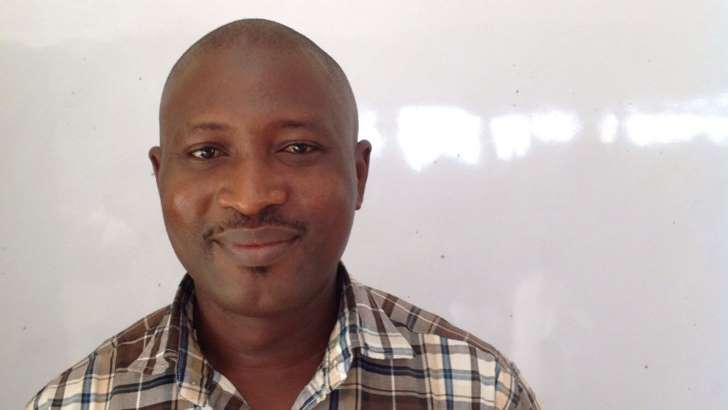November 18, 2015
Nigerian academic Dr. Opeyemi Enoch claims to have solved a maths problem that has baffled mathematicians for 156 years.

Enoch, a professor at the Federal University in the ancient city of Oye Ekiti, in south-western Nigeria, says he has found a solution for the Riemann Hypothesis, first proposed by Bernhard Riemann in 1859 and unsolved ever since.
November 18, 2015
Nigerian academic Dr. Opeyemi Enoch claims to have solved a maths problem that has baffled mathematicians for 156 years.

Enoch, a professor at the Federal University in the ancient city of Oye Ekiti, in south-western Nigeria, says he has found a solution for the Riemann Hypothesis, first proposed by Bernhard Riemann in 1859 and unsolved ever since.
The hypothesis, which addresses a deviation from the average distribution of prime numbers, is one of the Millennium Prize Problems, seven unsolved puzzles put forward in 2000 by the Clay Mathematics Institute, each with a $1m prize for the solution – money that might now go to Enoch.
If he is correct, the Riemann Hypothesis would become only the second Millennium Problem with a solution. The Poincare Conjecture, which relates to the mapping of three-dimensional space, was solved in 2010.
Enoch presented his solution during the International Conference of Mathematics and Computer Science in Vienna on 11 November, 156 years to the day after the hypothesis was proposed.
However, he will have to wait before picking up his prize money. The CMI has strict rules when it comes to recognizing solutions for the Millennium Prize Problems, requiring that a solution be published in a "refereed mathematics publication of worldwide repute" and that at least two years elapse between the date of publication and any decision taken by the institute.
During this time, the solution must gain "general acceptance", in the form of "a large number of citations by independent researchers in the field" and other internationally recognised accolades.
According to the Daily Telegraph, Dr Enoch "has previously worked on mathematical models for generating electricity from sound, thunder and ocean bodies".
Courtesy: The Week
















































































































